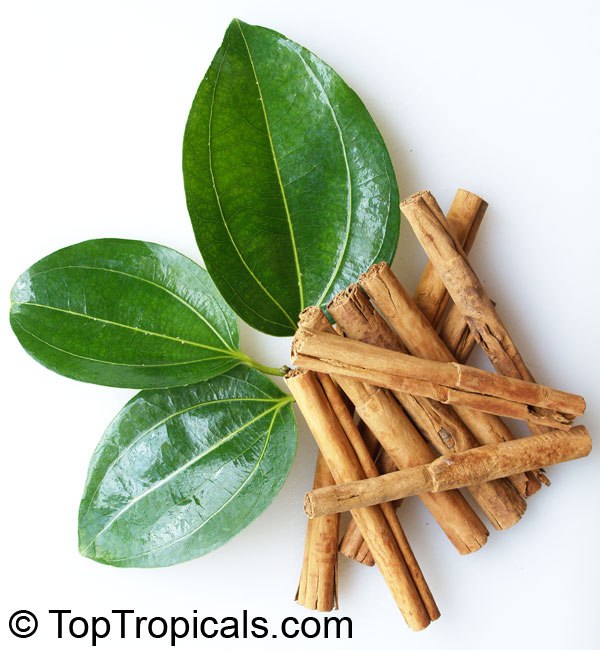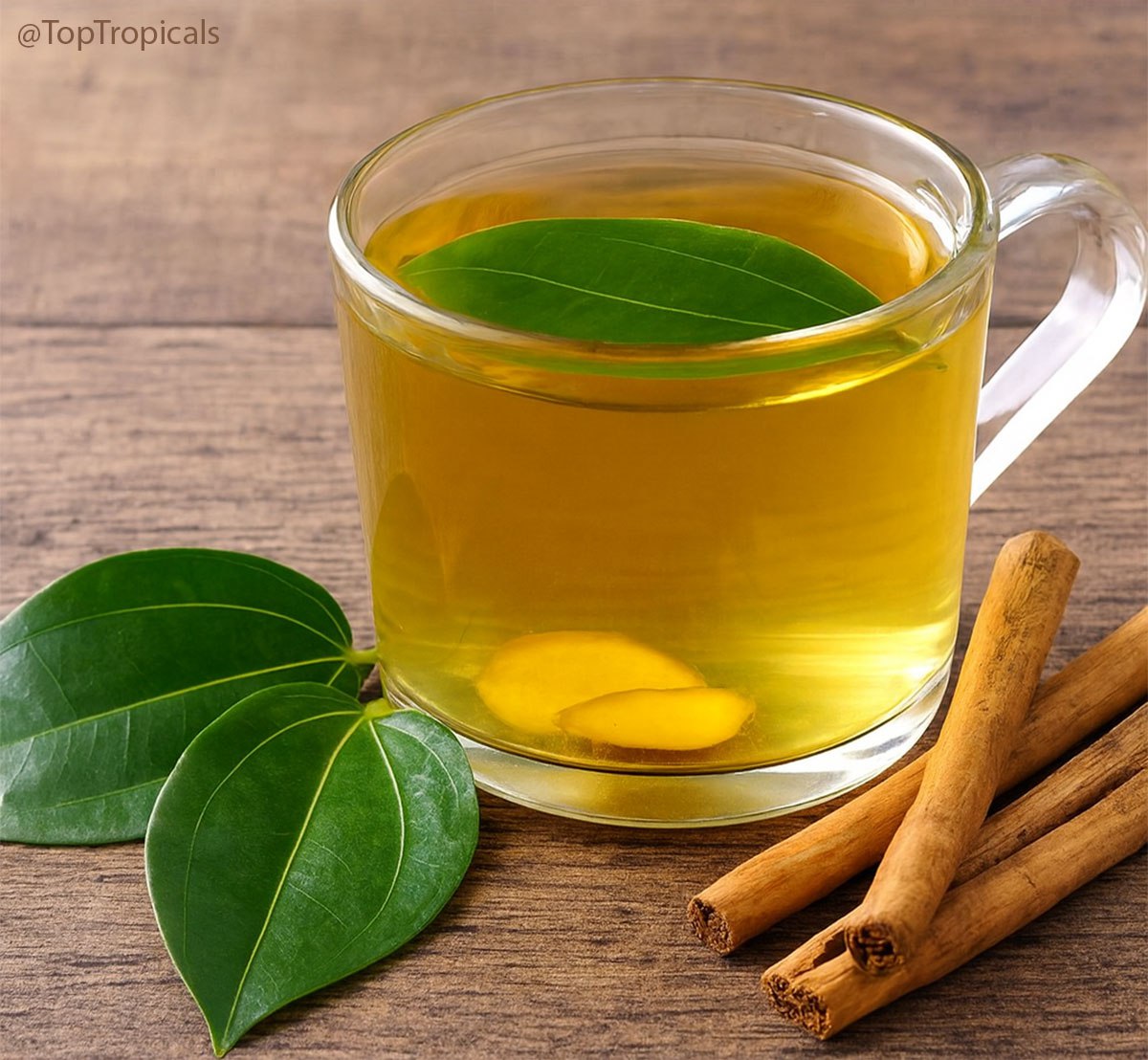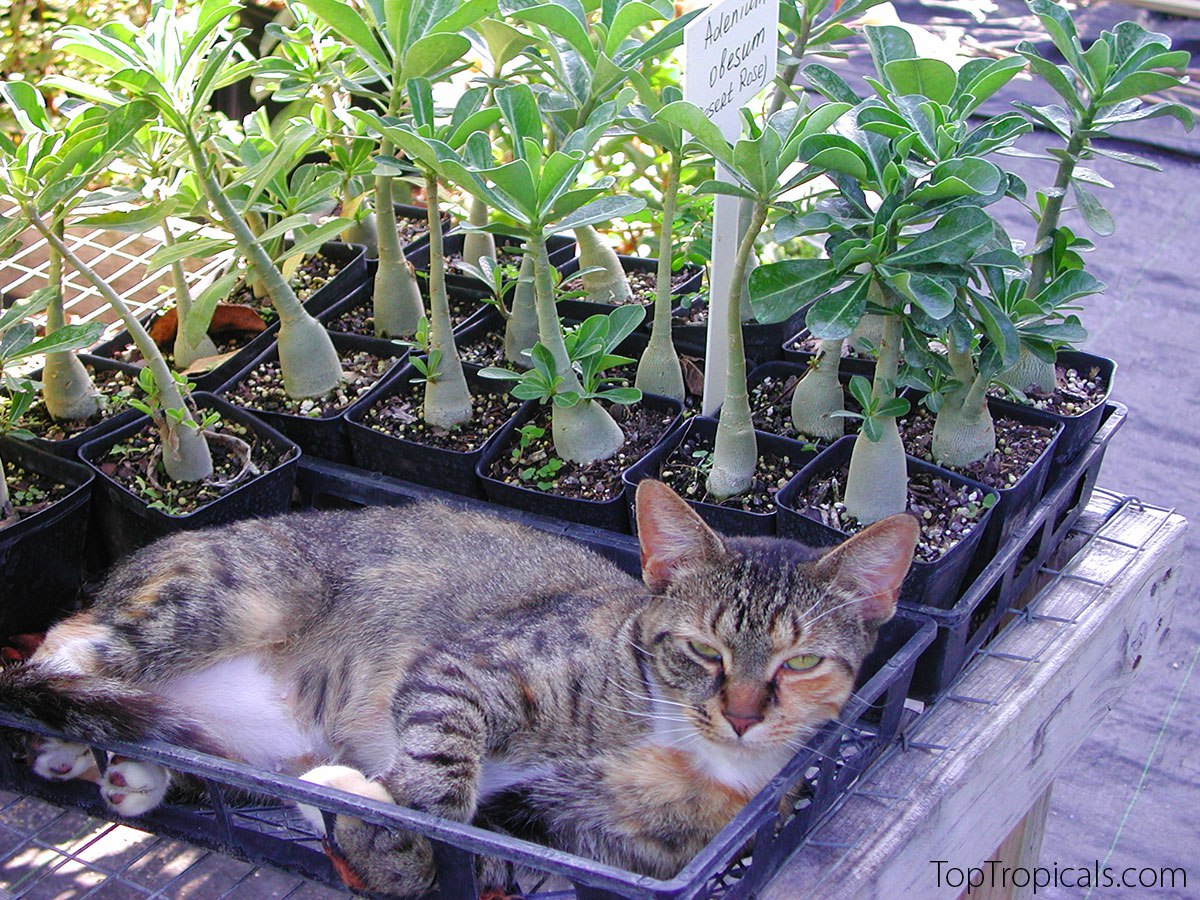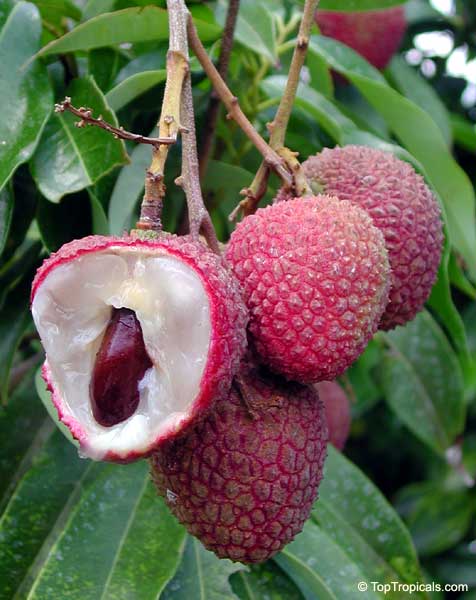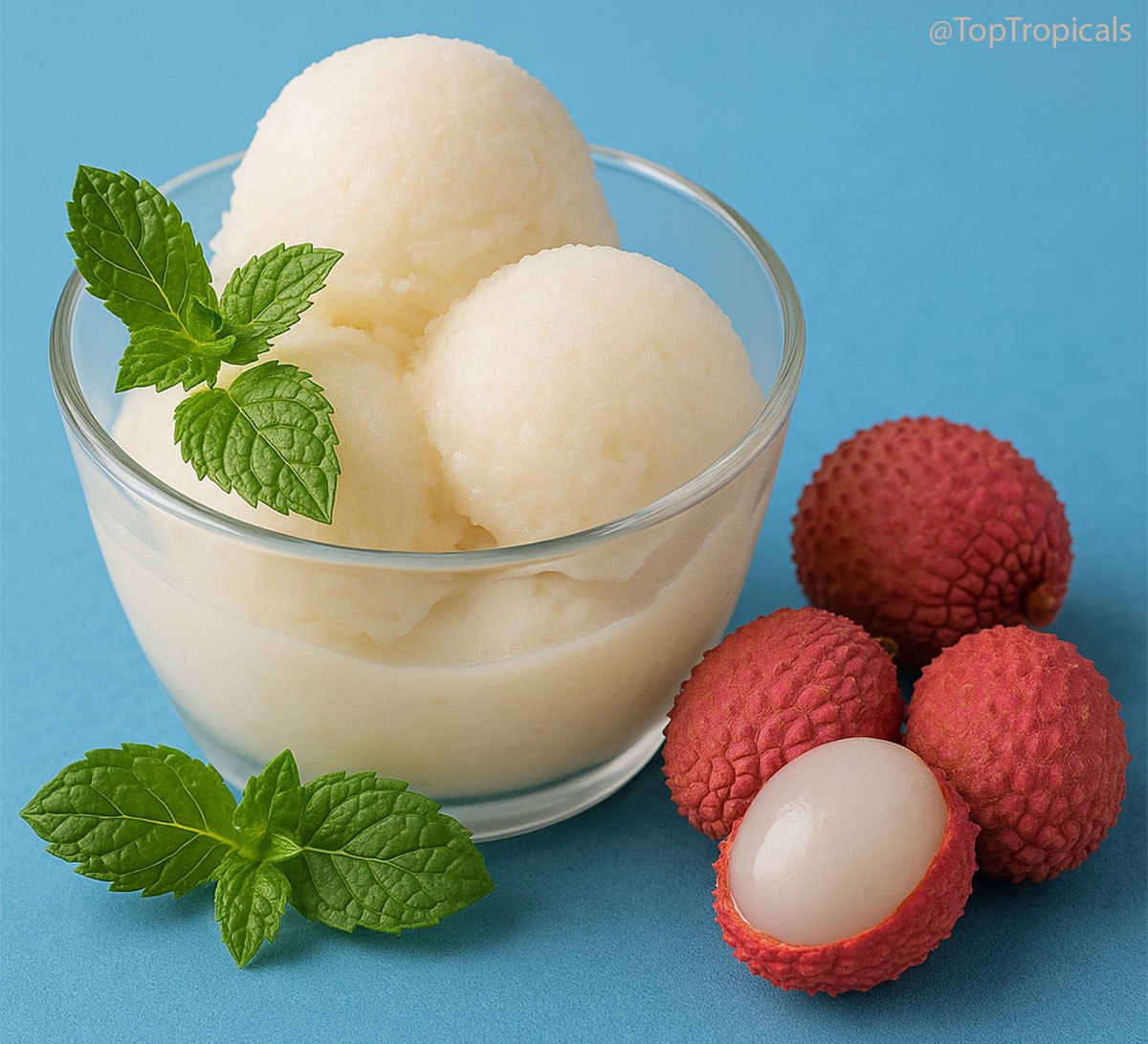Garden Blog - Top Tropicals
The Tropical Cat
"Man is what he believes." - Anton Chekhov
🐈📸 Google the Cat with tropical flowers he grows at TopTropicals PeopleCats.Garden
#PeopleCats #Quotes
🟢 Join 👉 TopTropicals
One fruit on this tray always stumps people
🍉 Another day, another fruit tray from the garden! Even at the end of November, something is always ripening here in Florida. This tray turned out especially fun - a mix of familiar fruits and a couple that always make people guess twice!
🍉 Today’s harvest includes: sweet Persimmons, Star fruit, a few different dragon fruits: yellow Palora and white with red skin - this is Seoul Kitchen. There's also Cocoplum, which makes great drinks. And - ta-da! - the little showstopper of the day: Curly Locks Orchid Cactus fruit (Epiphyllum guatemalense Monstrosa). It looks wild, but it's edible and tastes like a tiny dragon fruit.
🍉 If you live in Florida or any warm climate, growing your own fruit is one of the best gifts you can give yourself. Tropical fruit trees are generous plants - they don’t wait for a season, they give you something month after month. Some days it’s a handful, some days it’s a whole tray, but there’s always a fresh treat waiting. Once you start growing your own food, you realize how easy and rewarding it is to fill your garden with flavor.
🍉 Every tray has a new surprise. Come along and see what the garden gives us next!
🛒 Explore rare tropical fruit
📚 Learn more:
- ▫️Can you name all the fruits on this tray?
- ▫️Weird cactus looks like pasta with Dragon Fruit
- ▫️Cocoplum: secret fruit in your hedge
- ▫️Pitaya vs Dragon fruit - what is the difference and how to grow it?
- ▫️How soon will Persimmon tree fruit?
- ▫️10 best fruit trees to grow in Florida and Southern landscapes
- ▫️Top 10 fast-fruiting trees
#Food_Forest #Discover
🟢 Join 👉 TopTropicals
Cinnamon leaf tea: quick-n-fun exotic recipes
🟢Steep fresh cinnamon leaves in hot water with a slice of ginger.- 🟢Fragrant, soothing, and naturally sweet!
🛒 Plant Cinnamon Tree - the spice that is always with you
📚 Learn more:
- ▫️How to Grow Your Own Cinnamon Tree – Spice and Health Right by the Kitchen
- ▫️How to increase libido
- ▫️What is Cinnamon made of?
#Food_Forest #Recipes
🟢 Join 👉 TopTropicals
Watch what this cat tells you at the end
Scooby - the Cat with the Attitude
"Attitude is a little thing that makes a big difference." - Winston Churchill
🐈📸 Scooby - the Cat with the Attitude at TopTropicals PeopleCats.Garden
#PeopleCats #Quotes
🟢 Join 👉 TopTropicals
How to overwinter the tropical Bird of Paradise

Strelitzia reginae - the Bird of Paradise, bug plant
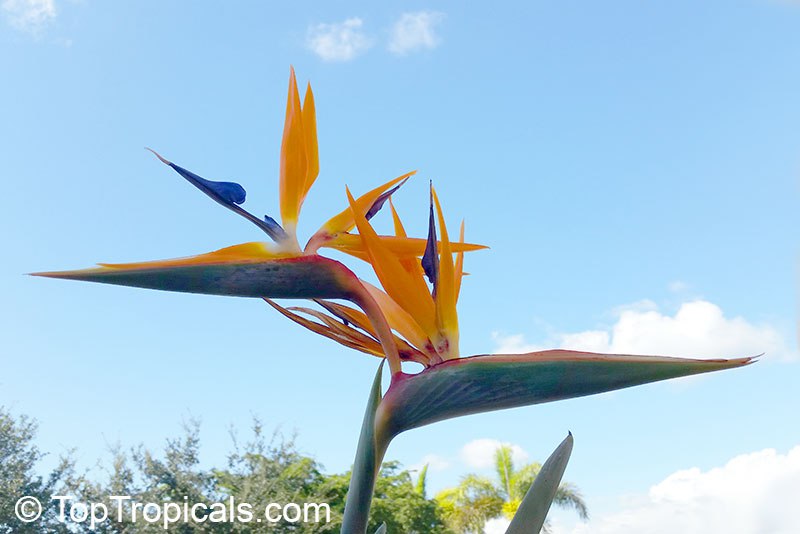
Strelitzia reginae - the Bird of Paradise, flower
- Strelitzia reginae - the Bird of Paradise is a resilient tropical that can adapt to indoor conditions through winter if given bright light, moderate warmth, and careful watering. With a few preventive steps and timely protection, plants will stay healthy and reward you with vigorous new growth and blooms when warmth returns.
- When should you move plants indoors?
- What is the right location for a Bird of Paradise in winter, and why?
- Do you need to do anything before moving them indoors?
- Do plants need watering or feeding during winter?
- Can you overwinter Birds of Paradise outdoors?
- What tips do you have for protecting plants outdoors?
Move Bird of Paradise indoors before nighttime temperatures consistently drop below 55F. Extended exposure to cooler air can slow growth and stress the plant. In central and south Florida, this often means late fall; in cooler zones, aim for early to mid-October. Once temperatures fall below 50F, leaf damage and root stress can occur.
Place the plant in the brightest spot available - ideally near a south- or west-facing window. Strelitzia reginae is light-hungry even during dormancy. Low light leads to leaf yellowing, weak petioles, and slowed recovery in spring. If natural light is limited, supplement with a full-spectrum grow light set 12-18 inches above the foliage for 12-14 hours daily. Maintain room temperatures between 65F and 75F.
Inspect the plant for pests such as mealybugs, scale, and spider mites, which often hide in leaf bases. Rinse the leaves and petioles thoroughly and check the soil surface for insects or snails. Prune off any damaged or aging leaves. If the plant has spent the summer in heavy rain, allow the soil to dry slightly before bringing it indoors to avoid fungus gnats or root issues.
Reduce watering. Indoors, the Bird of Paradise grows slowly in lower light, and excess moisture can cause root rot. Let the top 1-2 inches of soil dry before watering again. Avoid fertilizing during winter rest; resume feeding in spring when new growth appears. If the air indoors is very dry, increase humidity with a pebble tray or humidifier rather than overwatering.
In frost-free areas of Florida (USDA zones 10-11), they can remain outdoors year-round. In zone 9, occasional cold snaps require protection. Mature clumps tolerate brief dips to about 30°F, but foliage burns easily at low temperatures.
When frost threatens, water the soil thoroughly a day before - moist soil retains heat better than dry. Cover the plant overnight with frost cloth or breathable fabric, not plastic, to trap ground warmth. For large clumps, wrap the base with mulch or straw to protect rhizomes. After cold events, remove damaged leaves but wait until spring to cut deeply, as live tissue below may still recover.
📚 Learn more:
How to grow Bird of Paradise
🛒 Plant Bird of Paradise
#How_to #Container_Garden
🟢 Join 👉 TopTropicals

